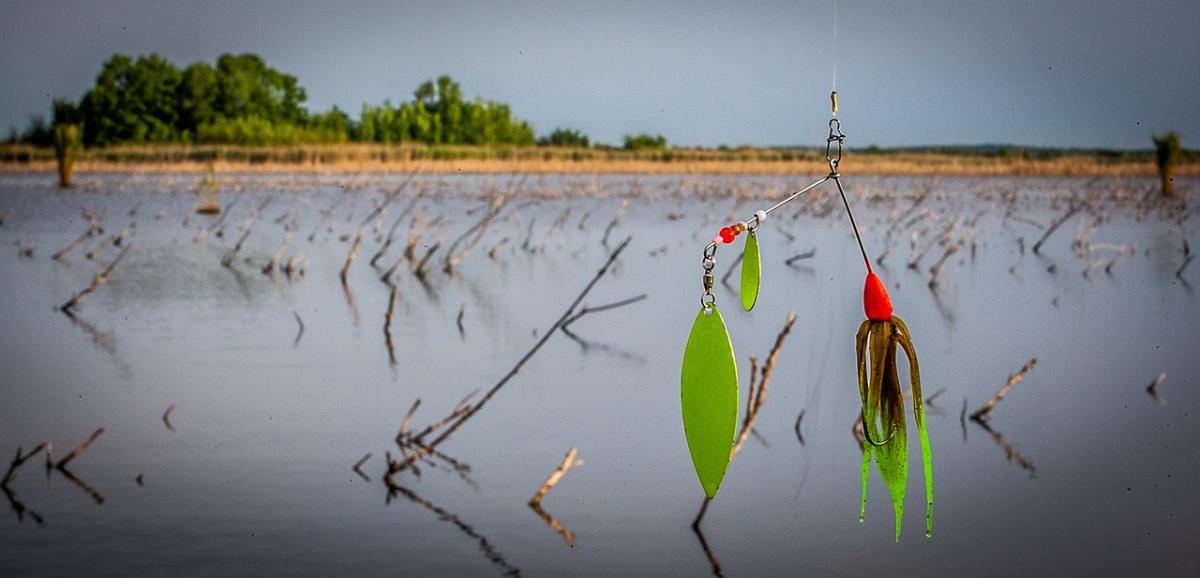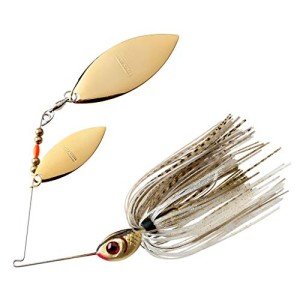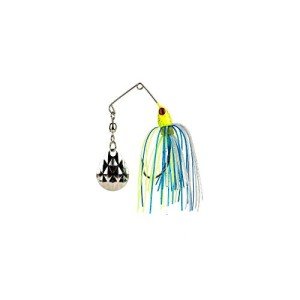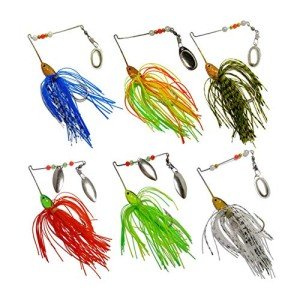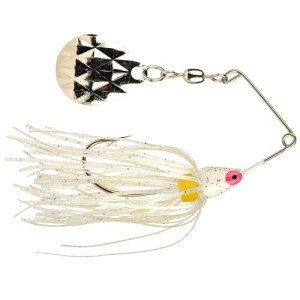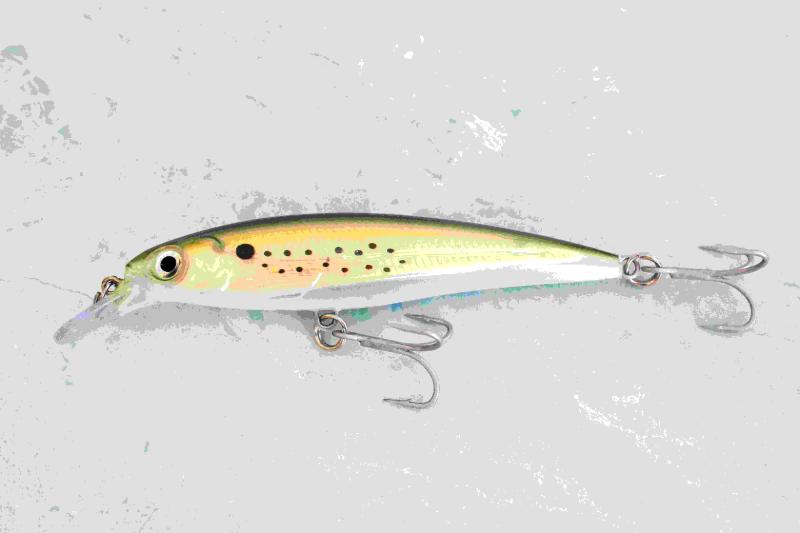If you're diving into the world of spinnerbaits, you're in for a treat! These fishing lures are designed to attract a variety of fish, making them a favorite among anglers of all skill levels. Understanding the basics of spinnerbaits can help you choose the best spinnerbaits for your needs and improve your fishing game significantly.
So, what exactly is a spinnerbait? It's a type of fishing lure that features one or two spinning blades, a hook, and a weighted head. The spinning blades create a vibration and flash in the water that mimics the movement of baitfish. This action draws in predatory fish, making it easier for you to reel in a big catch. When selecting spinnerbaits, pay attention to the blade size and color. Bright colors work well in murky waters, while natural hues shine in clear conditions.
Another important factor when using spinnerbaits is understanding the retrieval speed. You can experiment by reeling in slowly to entice fish or speeding up for a more aggressive approach. The depth at which you fish also matters. Spinnerbaits can be used in shallow waters, around weeds, or even in deeper spots. Adjust your technique based on the water conditions and the type of fish you're targeting.
Choosing the Right Spinnerbait for Your Needs
When it comes to fishing lures, spinnerbaits are a favorite among many anglers. They’re versatile, effective, and can be used in various conditions. But how do you choose the right spinnerbait for your needs? Let’s break it down.
First, think about the type of water you’ll be fishing in. Clear water often calls for more natural colors, while murky waters benefit from bright and flashy spinnerbaits that grab the attention of fish. Also, consider the size of the fish you’re targeting. Larger spinnerbaits can attract bigger fish, while smaller ones work well for finesse fishing.
Next, pay attention to the blade types. Spinnerbaits generally come with two types of blades: Colorado and Willow. Colorado blades create a lot of vibration and are great for murky water. Willow blades, on the other hand, are thinner and make less noise, making them perfect for clear water when fish might be spooked easily. Mixing and matching different types of blades can also be a fun way to experiment.
Lastly, don’t overlook the weight of the spinnerbait. Heavier spinnerbaits reach deeper waters quickly, while lighter ones can be used for shallow areas. Think about the depth where you expect to find your target fish and choose accordingly. With the right combination of weight, blade type, and color, finding the best spinnerbaits for your fishing adventures becomes much easier!
Techniques to Improve Your Spinnerbait Skills
Improving your spinnerbait skills is all about practice and understanding how to use these versatile fishing lures effectively. Here are some techniques to help you get better every time you hit the water.
1. Know Your Water
2. Vary Your Retrieve Speed
3. Adjust Your Gear
Getting familiar with these techniques will definitely step up your spinnerbait game. Whether you're casting from the bank or waiting on your boat, having confidence in what you're doing with the best spinnerbaits will lead to more catches and a lot more fun on the water!
Top Tips for Catching More Fish Anytime
If you're looking to up your fishing game, there are a few handy tips that can really help you catch more fish, no matter where you are. Using the right techniques with your spinnerbaits can make a world of difference. So, let’s dive into some top tips!
1. Pick the Right Spinnerbait: Not all spinnerbaits are created equal. Depending on your fishing spot and the type of fish you're targeting, choose the best spinnerbaits that match those conditions. Consider factors like color, size, and blade type when selecting your fishing lures. Bright colors can attract fish in murky water, while more natural shades work better in clear conditions.
2. Vary Your Retrieve Speed: Fish can be picky, and sometimes a slow roll will do the trick, while other times, a fast retrieval might spark their interest. Experiment with different speeds and see what gets the most bites. Don't hesitate to pause occasionally; sometimes, a sudden stop can entice a curious fish to strike.
3. Fish Structure and Cover: Spinnerbaits shine when fished around cover like rocks, weeds, or fallen trees. Make sure you cast near these structures. The more you can mimic the natural environment, the more likely you are to land some fish. Keep an eye out for any signs of feeding activity around these areas!
4. Pay Attention to Weather Conditions: Weather can significantly affect fish behavior. Overcast days are often great for spinnerbaits since clouds can make fish feel more secure to venture out. On sunny days, fish might go deeper, so adjust your depths accordingly. Always keep an eye on the conditions and adapt your approach!
